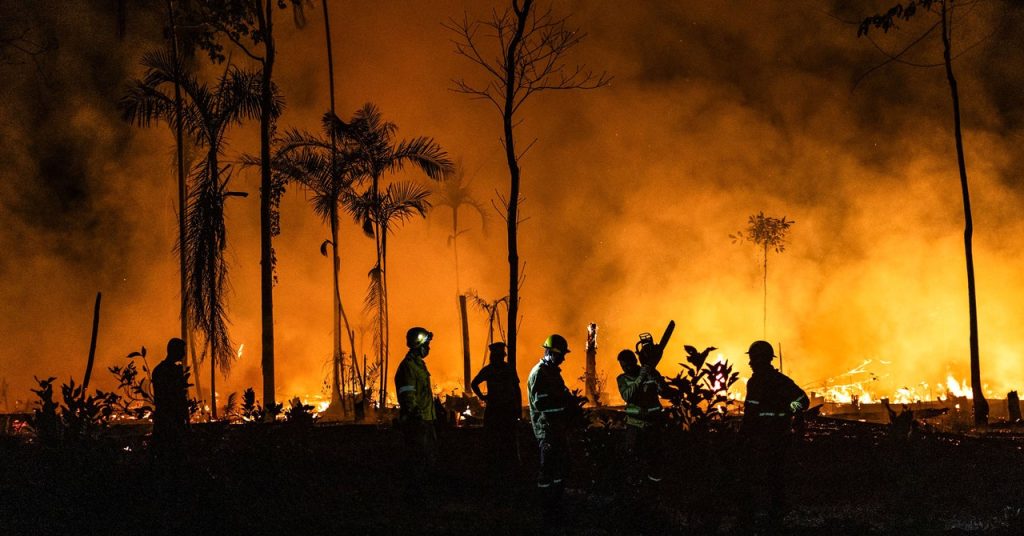The Alarming Degradation of the Amazon Rainforest
Understanding Forest Degradation
“Degradation means that you still have standing forest, but you are losing some of the structure, some of the functioning,” says Armenteras Pascual. “You might even look and think it’s really a beautiful forest, but it’s not so healthy.”
Forest degradation is a subtle yet dangerous process that compromises the health and resilience of the Amazon Rainforest. While a degraded forest may appear visually appealing, it has lost crucial elements of its structure and function. This vulnerability makes the forest more susceptible to wildfires, creating a vicious cycle of destruction.
The Vicious Cycle of Wildfires
Once a portion of the Amazon burns, it becomes increasingly prone to future fires. The death of trees and the opening of the canopy provide more fuel and allow sunlight and wind to dry out the ecosystem, making it more flammable. This self-perpetuating cycle of burnt forests catching fire again poses a significant threat to the rainforest’s survival.
Projections and Tipping Points
Recent studies paint a grim picture for the future of the Amazon. By 2050, temperatures in the Amazon Basin are expected to rise by 2 to 4 degrees Celsius, and the dry season may extend by a month. These changes, coupled with increased wildfire frequency and severity, could push nearly half of the Amazon to a tipping point, transforming it from a lush forest to a savannah and grassland ecosystem.
The Far-Reaching Consequences
The collapse of the Amazon would have far-reaching consequences on both local and global scales. Thousands of plant and animal species face the risk of extinction, while the rainforest’s 40 million human inhabitants, particularly Indigenous peoples, may be displaced, losing their livelihoods and cultural heritage.
The Amazon’s role in regulating the Earth’s climate cannot be overstated. A large-scale collapse of the rainforest could release an astounding 120 billion tons of carbon dioxide into the atmosphere, equivalent to 3.5 years of global CO2 emissions. This would contribute to a further 0.3 degrees Celsius rise in global temperatures.
The Urgency of Action
As the fire season progresses, the Northern Amazon continues to burn at an alarming rate. In the first week of March alone, over 1,000 fires were recorded in the Colombian Amazon. The need for immediate action to protect this vital ecosystem has never been more pressing.
“Fires are burning,” Armenteras Pascual says, “and they’re picking up.”
The degradation and potential collapse of the Amazon Rainforest is a critical issue that demands global attention and swift, decisive action. The consequences of inaction are too dire to ignore, as the fate of this irreplaceable ecosystem hangs in the balance.

5 Comments
A painful reality we must confront head-on
Nature’s plea for help, yet we turn a blind eye
The lungs of the Earth are burning, and we’re the ones holding the match
Our actions are setting the stage for an ecological catastrophe
The Amazon’s cries fall on deaf ears as we fan the flames of destruction